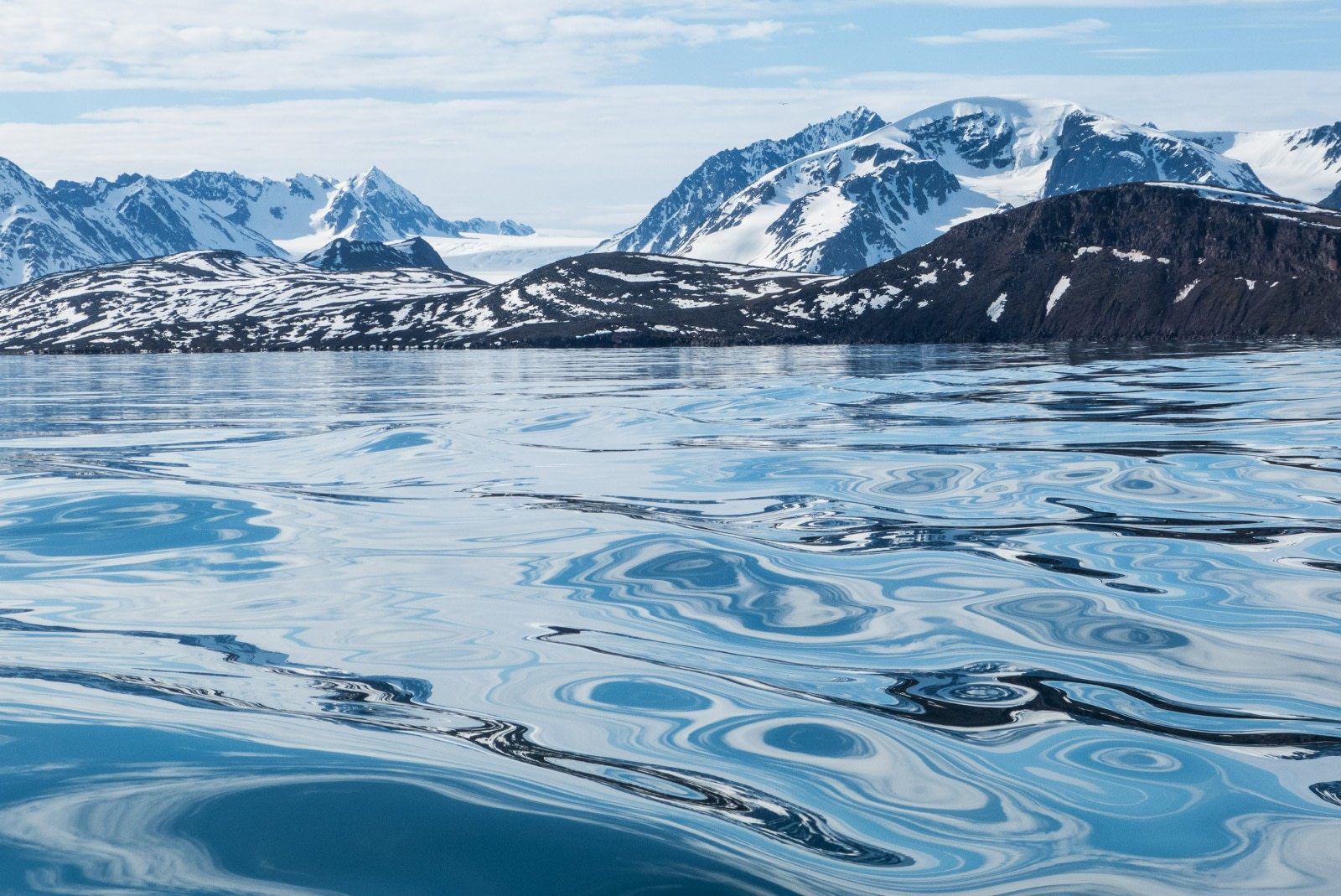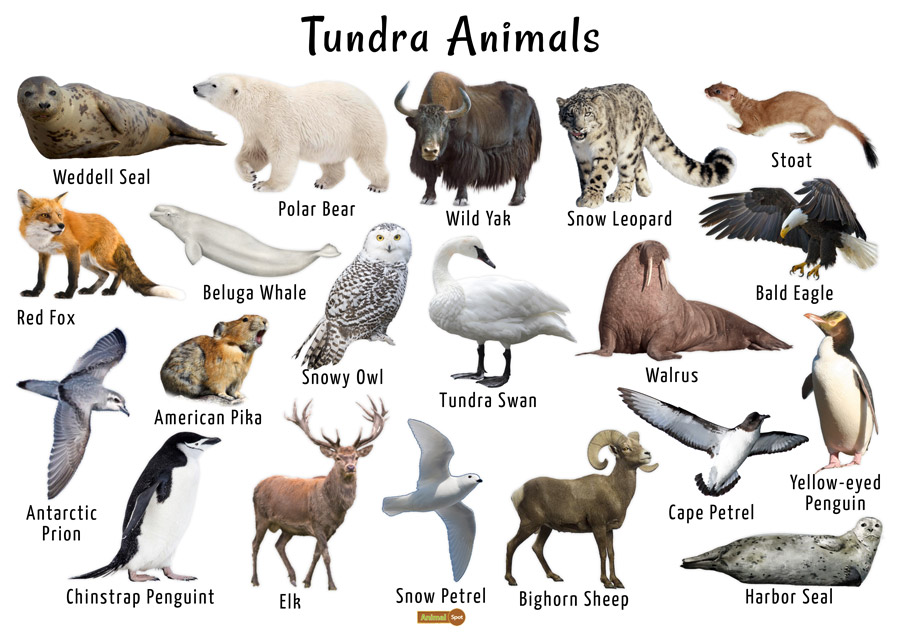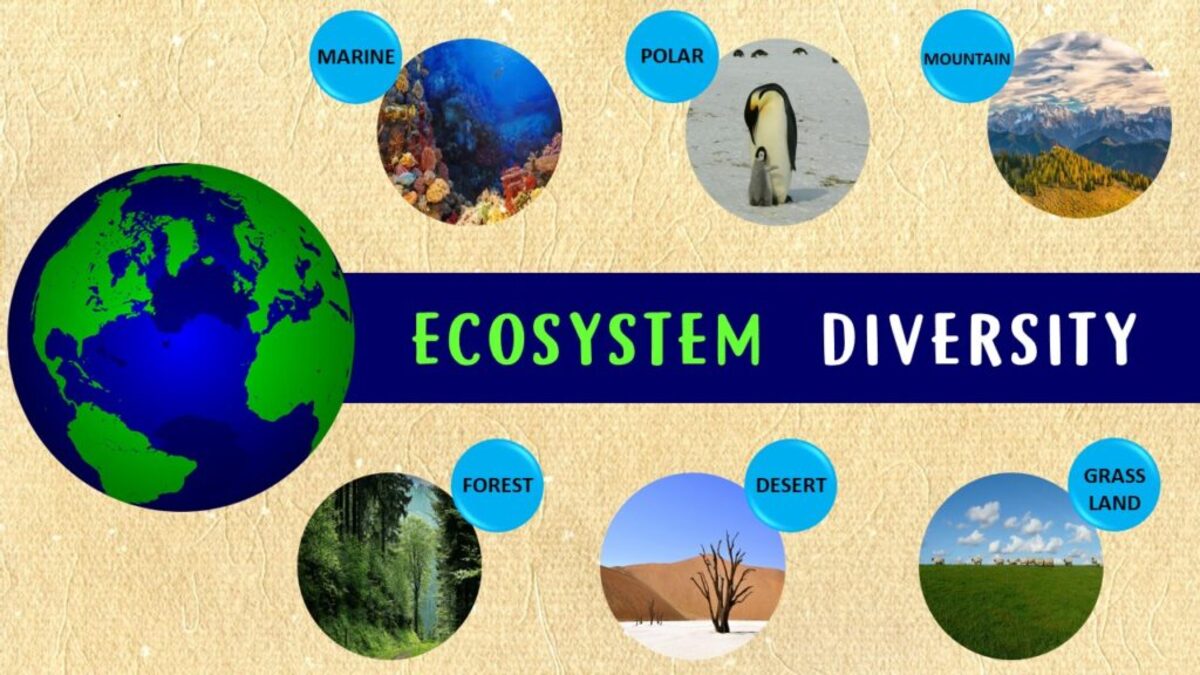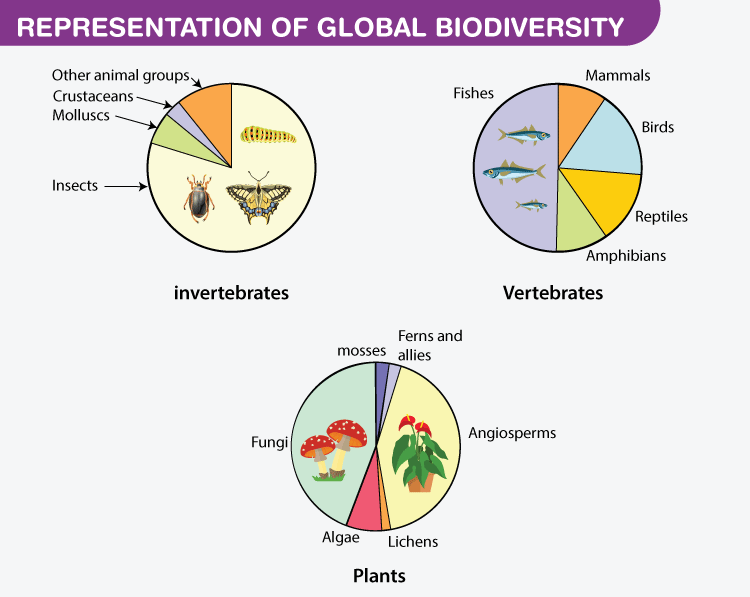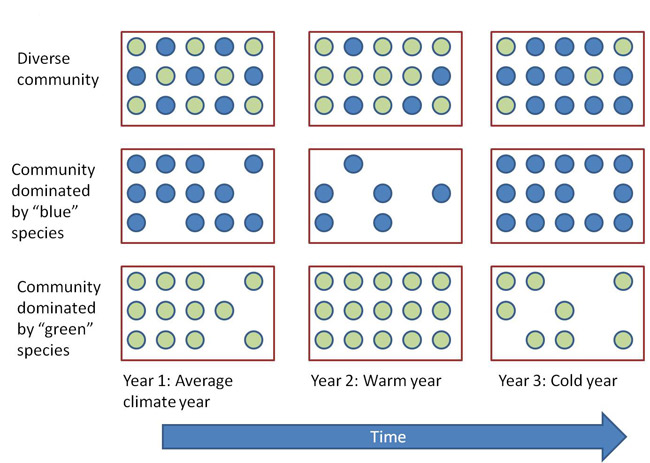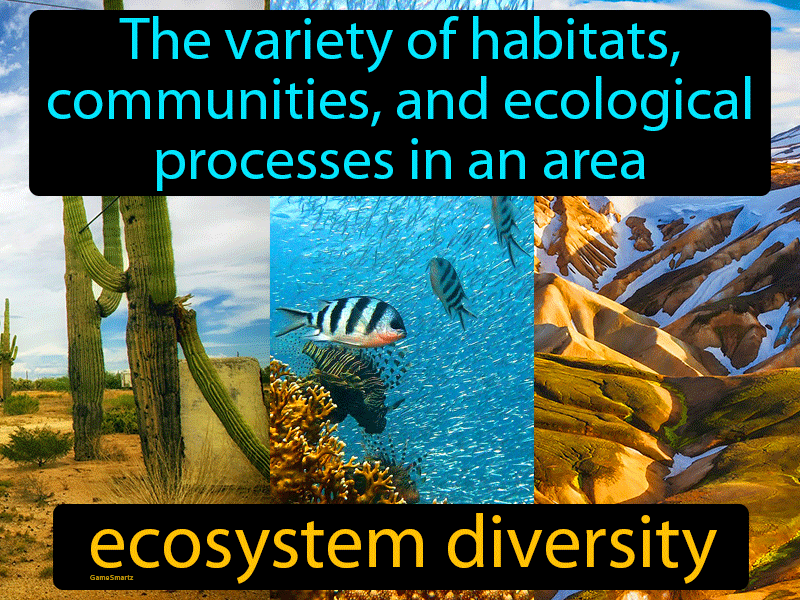Topic what is a tundra ecosystem: Discover the tundra ecosystem, a unique and vital part of our planet, characterized by its cold climate, minimal vegetation, and diverse wildlife adapting to extreme conditions.
Table of Content
- What are the characteristics of a tundra ecosystem?
- Definition and Characteristics of Tundra Ecosystems
- Types of Tundra: Arctic, Alpine, and Antarctic
- Climatic Conditions of Tundra Regions
- YOUTUBE: What Are Tundras? National Geographic
- Flora and Fauna of the Tundra
- Adaptations to Extreme Conditions
- Seasonal Changes and Their Impact
- Threats to the Tundra Ecosystem
- Conservation Efforts and Climate Change Impacts
- Human Activities and the Tundra
- Research and Studies on Tundra Ecosystems
What are the characteristics of a tundra ecosystem?
A tundra ecosystem is a unique and fascinating biome that can be found in arctic regions and high mountain areas. It is characterized by several distinct features:
- Extreme Cold: The climate in the tundra is extremely cold, with temperatures often dropping below freezing for most of the year. The average annual temperature is around -30°F (-34°C).
- Treeless Landscape: One defining characteristic of the tundra is its lack of trees. Instead, the landscape is dominated by low-growing vegetation such as grasses, mosses, lichens, and dwarf shrubs.
- Short Growing Season: Due to the cold climate, the tundra experiences a very short growing season, typically lasting only a few weeks in summer when the ground thaws. Plants must adapt to this limited period by quickly blooming and reproducing.
- Permafrost: The tundra is underlain by permafrost, which is a layer of permanently frozen subsoil. This layer prevents water from draining and causes the topsoil to remain waterlogged, resulting in the formation of lakes, ponds, and marshes.
- Biodiversity: Despite the harsh conditions, the tundra is home to a surprising variety of wildlife. Species such as musk oxen, reindeer, Arctic foxes, snowy owls, and polar bears have adapted to survive in this challenging environment.
- Long Days and Long Nights: During the summer months, the tundra experiences 24 hours of daylight due to its position near the Earth\'s poles. In contrast, the winter months bring prolonged periods of darkness.
These unique characteristics make the tundra ecosystem a fragile and delicate environment that is highly susceptible to disturbances. Climate change and human activities pose significant threats to the delicate balance of this remarkable biome.
READ MORE:
Definition and Characteristics of Tundra Ecosystems
The tundra ecosystem is one of the Earth"s most extreme habitats, characterized by its cold, desert-like conditions. Despite the harsh climate, it is a vibrant biome that supports a variety of life adapted to survive in its unique environment.
- Cold Climate: The defining feature of the tundra is its low temperatures, which can drop below -30°C in the winter. Summers are short and cool, with temperatures rarely exceeding 10°C.
- Permafrost: A layer of permanently frozen ground known as permafrost exists beneath the surface. This layer can be meters thick and severely limits the types of vegetation that can grow.
- Minimal Precipitation: The tundra receives low amounts of precipitation, similar to a desert environment. This includes both rain and snow, contributing to its sparse vegetation.
- Short Growing Season: The growing season in the tundra is brief, typically lasting only 50 to 60 days. However, during this period, the sun may shine for up to 24 hours a day, allowing plants to undergo rapid growth.
- Unique Biodiversity: Despite its challenging conditions, the tundra is home to a variety of organisms. This includes specially adapted plants, migratory birds, insects, and mammals like the Arctic fox and polar bear.
- Adaptations to Extreme Conditions: Flora and fauna in the tundra have evolved unique adaptations to survive. Plants are typically low to the ground and animals have insulating features such as thick fur.
This ecosystem plays a crucial role in the Earth"s climate system and biodiversity, making its conservation vital for ecological balance.

Types of Tundra: Arctic, Alpine, and Antarctic
The tundra ecosystem, characterized by its cold, harsh climates and treeless expanse, manifests primarily in three types: Arctic, Alpine, and Antarctic. Each of these tundra types has unique features and locations, shaping the diversity of life adapted to survive in these extreme conditions.
Arctic Tundra
The Arctic tundra is located in the northern hemisphere, encircling the North Pole and stretching south to the taiga belt. This region experiences extremely cold temperatures, particularly in winter, with the ground remaining frozen year-round due to permafrost. The short summer season, where the sun may not set for several months, allows for a burst of biological activity. Vegetation is sparse, consisting mainly of mosses, lichens, low shrubs, and grasses. Animal inhabitants include polar bears, Arctic foxes, caribou, and various migratory bird species.
Alpine Tundra
Alpine tundra is found on mountains worldwide at high elevations where trees cannot grow. The defining characteristic of this tundra type is not latitude but altitude. Alpine tundra transitions into other biomes as elevation decreases. Despite harsh conditions, including high winds, UV radiation, and cold temperatures, the alpine tundra supports a range of plants and animals. Vegetation includes grasses, mosses, and dwarf shrubs, adapted to the short growing season. Fauna such as mountain goats, sheep, and marmots are common, along with various bird species.
Antarctic Tundra
The Antarctic tundra exists on Antarctica and several Antarctic islands. Unlike the Arctic tundra, this region is much colder and drier, with the presence of permafrost. Vegetation is even more limited due to the extreme cold, consisting primarily of mosses, lichens, and algae. Animal life is predominantly found in coastal areas and includes species such as penguins, seals, and seabirds. Inland areas are mostly devoid of life due to the extreme conditions.
Each type of tundra, despite its harsh and challenging environment, supports a unique ecosystem. These regions are crucial for biodiversity, serving as a home for various species adapted to survive in some of the most extreme conditions on Earth.
Climatic Conditions of Tundra Regions
The tundra biome, recognized for its stark landscapes and extreme climate, is one of the most distinctive natural environments on Earth. This ecosystem is primarily defined by its climatic conditions, which are characterized by cold temperatures, low precipitation, and brief growing seasons. Below, we explore the key climatic features that define the tundra regions.
Low Temperatures
The most defining characteristic of the tundra climate is its cold temperatures. Winters are long and harsh, with temperatures often dropping below freezing, sometimes reaching as low as -70°C (-94°F). Summers are brief, with temperatures rarely exceeding 10°C (50°F), and in many tundra regions, the ground remains partially frozen year-round.
Permafrost
A significant feature of tundra regions is the presence of permafrost, a permanently frozen layer beneath the soil surface. Permafrost can extend hundreds of meters deep, limiting the types of vegetation that can grow and affecting the drainage of surface water.
Low Precipitation
Tundra regions receive low levels of precipitation, similar to desert climates, typically ranging from 150 to 250 mm (6 to 10 inches) annually. This precipitation comes in the form of snow during the winter months, contributing to the dry conditions prevalent in these areas.
Short Growing Season
The growing season in tundra regions is remarkably short, lasting only about 50 to 60 days. During this time, the sun may shine 24 hours a day, allowing plants to photosynthesize for long periods and support the burst of life that characterizes the tundra summer.
High Winds and Weather Variability
High winds are common in tundra regions, exacerbating the cold and reducing the accumulation of snow in certain areas, which can lead to drier soil conditions. Weather can be highly variable, with rapid changes that challenge the adaptability of plants and animals.
The climatic conditions of the tundra create a unique and challenging environment for life. Despite the harsh conditions, the tundra is home to a diverse array of flora and fauna adapted to survive in one of the planet"s most extreme ecosystems.
:max_bytes(150000):strip_icc()/92292471-56a005035f9b58eba4ae83e0.jpg)
What Are Tundras? National Geographic
Journey through the mesmerizing Tundras, as this video unfolds the stunning beauty and diverse wildlife that thrive in this frozen wonderland. Get ready to be awe-inspired by the breathtaking landscapes and discover the hidden treasures of the Tundras like never before!
TUNDRA ECOSYSTEM Biology Animation
Dive into the captivating world of ecosystems as this video unravels the delicate balance and interconnectedness of nature. From lush rainforests to arid deserts, witness the harmonious coexistence of plants, animals, and the environment that sustains them. Embark on a thrilling adventure filled with fascinating facts and captivating visuals that will leave you with a newfound appreciation for our planet\'s remarkable ecosystems.
Flora and Fauna of the Tundra
The tundra ecosystem, despite its extreme climatic conditions, hosts a surprisingly diverse array of flora and fauna adapted to survive in its harsh environment. The biological community of the tundra is uniquely tailored to make the most of its short growing season, low temperatures, and permafrost-laden ground.
Flora of the Tundra
Vegetation in the tundra is primarily composed of perennial plants that have adapted to the brief, intense summer growing season. These include:
- Mosses: Capable of surviving in extremely cold temperatures and absorbing water quickly during the thaw.
- Lichens: Hardy plants that can live on rocks and soil, providing essential nutrition for some wildlife.
- Grasses and Sedges: Short and grow in dense tufts, maximizing their exposure to sunlight while minimizing heat loss.
- Dwarf Shrubs: Including willows and birches, these shrubs grow close to the ground to protect against the cold winds.
Fauna of the Tundra
Animal life in the tundra is equally adapted to the environment, with species exhibiting various survival strategies. Notable fauna include:
- Mammals: Such as the caribou (or reindeer), Arctic fox, polar bears, and lemmings. These animals have thick fur coats and layers of fat to insulate against the cold. Many migrate or hibernate to cope with the winter.
- Birds: Including migratory species like the snow goose and resident species such as the snowy owl. Birds often migrate to the tundra for summer nesting, taking advantage of the abundance of insects.
- Insects: Though less visible, insects play a crucial role in the tundra ecosystem, serving as pollinators and a food source for birds. Mosquitoes, in particular, can be found in large numbers during the summer.
Aquatic Life
In areas where the tundra meets the sea, marine life flourishes. Whales, seals, and various fish species rely on the rich, cold waters for feeding. Coastal areas support a diversity of birds and mammals that depend on both the sea and the land for survival.
The flora and fauna of the tundra form a tightly interwoven ecosystem, with each species playing a role in sustaining the delicate balance of life in this extreme environment. Adaptations such as insulation, fat storage, hibernation, and migration are common, showcasing the resilience of life in the face of adversity.
Adaptations to Extreme Conditions
The tundra ecosystem, known for its extreme conditions, including low temperatures, high winds, and a short growing season, necessitates unique adaptations from its flora and fauna. These adaptations enable life to not only survive but thrive under what would otherwise be inhospitable conditions.
Plant Adaptations
- Perennial Growth: Many tundra plants are perennials, returning each year from the same roots, which allows them to conserve energy that would be used in reseeding.
- Low Stature: Plants grow low to the ground to minimize exposure to cold temperatures and wind, with some forming cushion-like shapes to trap heat.
- Dense Groupings: Plants often grow in dense clumps to protect each other from the cold and to help retain soil moisture.
- Dark Colors: Some tundra plants have dark leaves, which can absorb and retain heat more efficiently from the sun.
- Quick Life Cycle: Plants have adapted to complete their life cycle quickly during the short summer season when sunlight is abundant.
Animal Adaptations
- Insulation: Animals like the Arctic fox and the caribou have thick fur coats and layers of fat that provide insulation against the cold.
- Migratory Behavior: Many bird species migrate to the tundra for the summer breeding season, taking advantage of the temporary abundance of food, and then leave as winter approaches.
- Hibernation: Some animals, such as certain rodents, enter a state of hibernation during the winter months to conserve energy when food is scarce.
- Camouflage: The snowshoe hare and the ptarmigan are examples of tundra animals that change color with the seasons, from brown in summer to white in winter, for camouflage against predators.
- Antifreeze Compounds: Some fish and insects produce antifreeze proteins to prevent ice crystal formation in their tissues, allowing them to survive in freezing temperatures.
Microbial Adaptations
Microorganisms in the tundra have also adapted to extreme cold, with many capable of metabolic activity in frozen soils, playing crucial roles in nutrient cycling and organic matter decomposition.
These adaptations are vital for the survival of tundra ecosystems, demonstrating the resilience of life in the face of extreme environmental challenges. Through a combination of physical, behavioral, and physiological adaptations, the flora and fauna of the tundra have evolved to meet the demands of their frigid, wind-swept habitats.
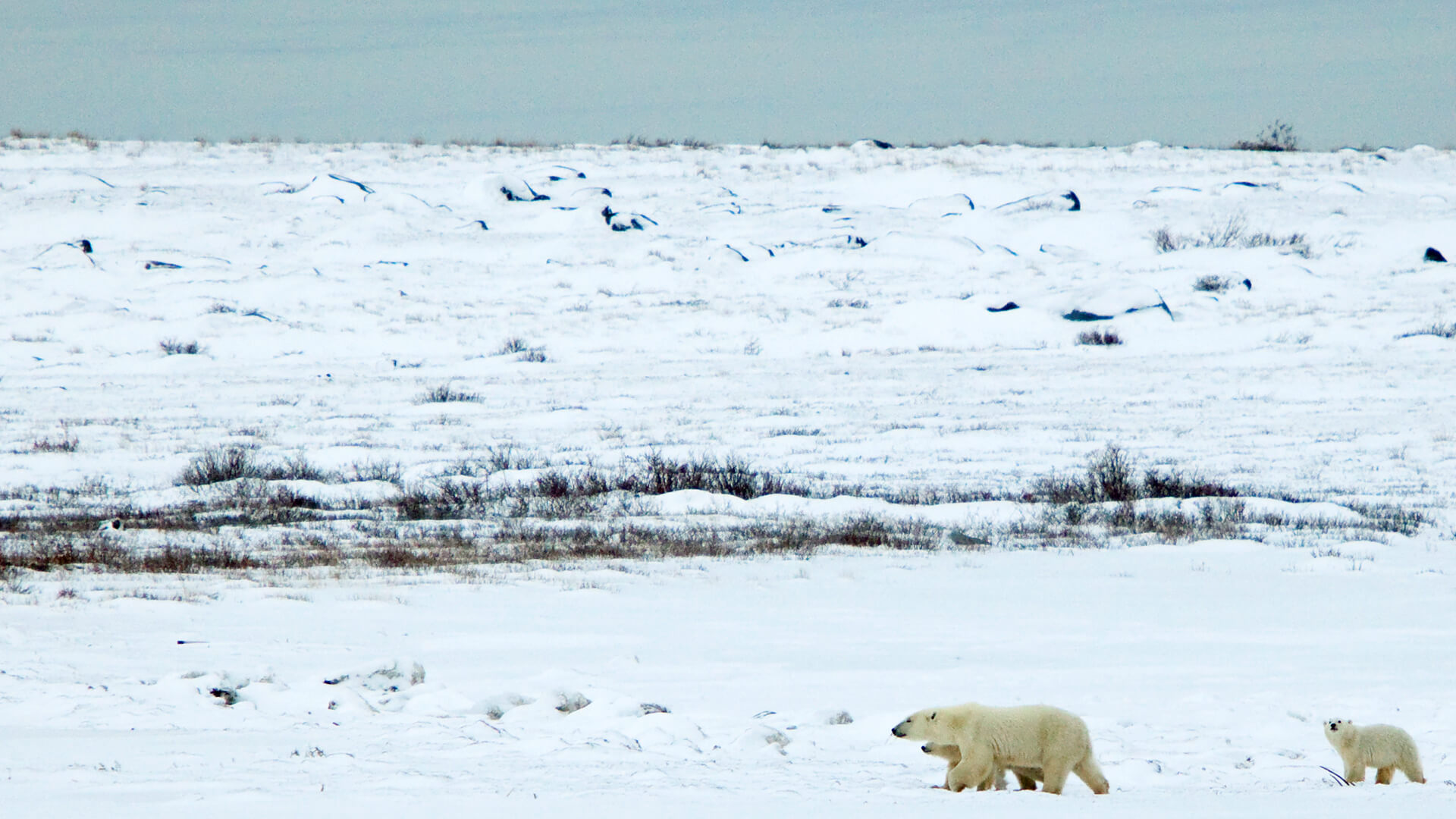
Seasonal Changes and Their Impact
The tundra ecosystem experiences profound seasonal changes that significantly affect its flora, fauna, and overall functioning. This region, characterized by its cold and harsh conditions, undergoes dramatic transitions between the winter and summer months, impacting the life cycles and behaviors of its inhabitants.
- Winter: The tundra endures long, dark, and extremely cold winters, with temperatures often plummeting below freezing. During this period, the ground remains frozen, and the landscape is covered in snow and ice, limiting the availability of food for animals. Many species either migrate to warmer areas, hibernate, or adapt to survive the severe conditions through various strategies such as developing thick insulating coats.
- Summer: Summers are short but bring a significant change to the tundra. The snow and ice melt, and the top layer of the permafrost thaws, creating soggy grounds and forming marshes, lakes, bogs, and streams. This brief period of warmth and sunlight promotes a burst of biological activity. Plants grow and reproduce rapidly, taking advantage of the long daylight hours, and animals engage in feeding, mating, and rearing their young to prepare for the next winter. The abundance of insects during this time provides a crucial food source for migrating birds and other wildlife.
The impact of seasonal changes extends beyond the immediate alterations in the landscape and temperatures. They are pivotal in regulating the cycles of growth and dormancy in the tundra, influencing the distribution and behavior of species, and affecting the ecological balance of the region. Additionally, the thawing of permafrost during summer poses challenges due to the release of trapped greenhouse gases, contributing to global warming and potentially altering this fragile ecosystem permanently.
As the tundra continues to experience shifts due to climate change, understanding the impact of seasonal changes becomes increasingly important for conservation efforts and predicting future transformations in this unique biome.
Threats to the Tundra Ecosystem
The tundra ecosystem, characterized by its cold, harsh environment and unique biodiversity, faces several significant threats. These challenges not only affect the local flora and fauna but also have broader implications for global biodiversity and climate change.
- Climate Change: Perhaps the most significant threat, climate change is rapidly altering the tundra"s landscape. Increased temperatures lead to the thawing of permafrost, which can release vast amounts of greenhouse gases into the atmosphere, further exacerbating global warming. The shifting climate patterns also disrupt the delicate balance of tundra ecosystems, affecting species migration patterns, reproduction cycles, and survival rates.
- Pollution: Pollution from mining, oil, and gas exploration and extraction activities can have devastating effects on the tundra. Chemical spills, waste, and disturbances from heavy machinery can degrade the land and water quality, affecting the health and sustainability of both terrestrial and aquatic life.
- Industrial Development: The drive for resource exploitation has led to increased industrial activity in the tundra, including infrastructure development for oil and gas extraction and transportation. This development not only directly impacts the natural landscape through physical disturbances but also increases the risk of pollution and habitat fragmentation.
- Overgrazing: In areas where indigenous peoples rely on reindeer herding as a way of life, overgrazing can become a threat to the tundra"s vegetation. Overgrazing can lead to soil erosion and a decrease in the biodiversity of plant species, which has a cascading effect on the entire ecosystem.
- Invasive Species: The introduction of non-native species, whether through human activity or climatic changes, can threaten the balance of the tundra ecosystem. Invasive species can outcompete native species for resources, leading to a loss of biodiversity.
- Global Warming: Global warming poses a unique threat to the tundra ecosystem. As temperatures rise, the tundra"s characteristic permafrost begins to thaw, altering the landscape and potentially releasing large amounts of stored carbon dioxide and methane into the atmosphere, which can further accelerate global warming.
Protecting the tundra ecosystem requires global cooperation and sustainable management practices to mitigate these threats. Efforts to reduce greenhouse gas emissions, enforce environmental protection laws, and promote conservation are crucial to preserving this unique biome for future generations.
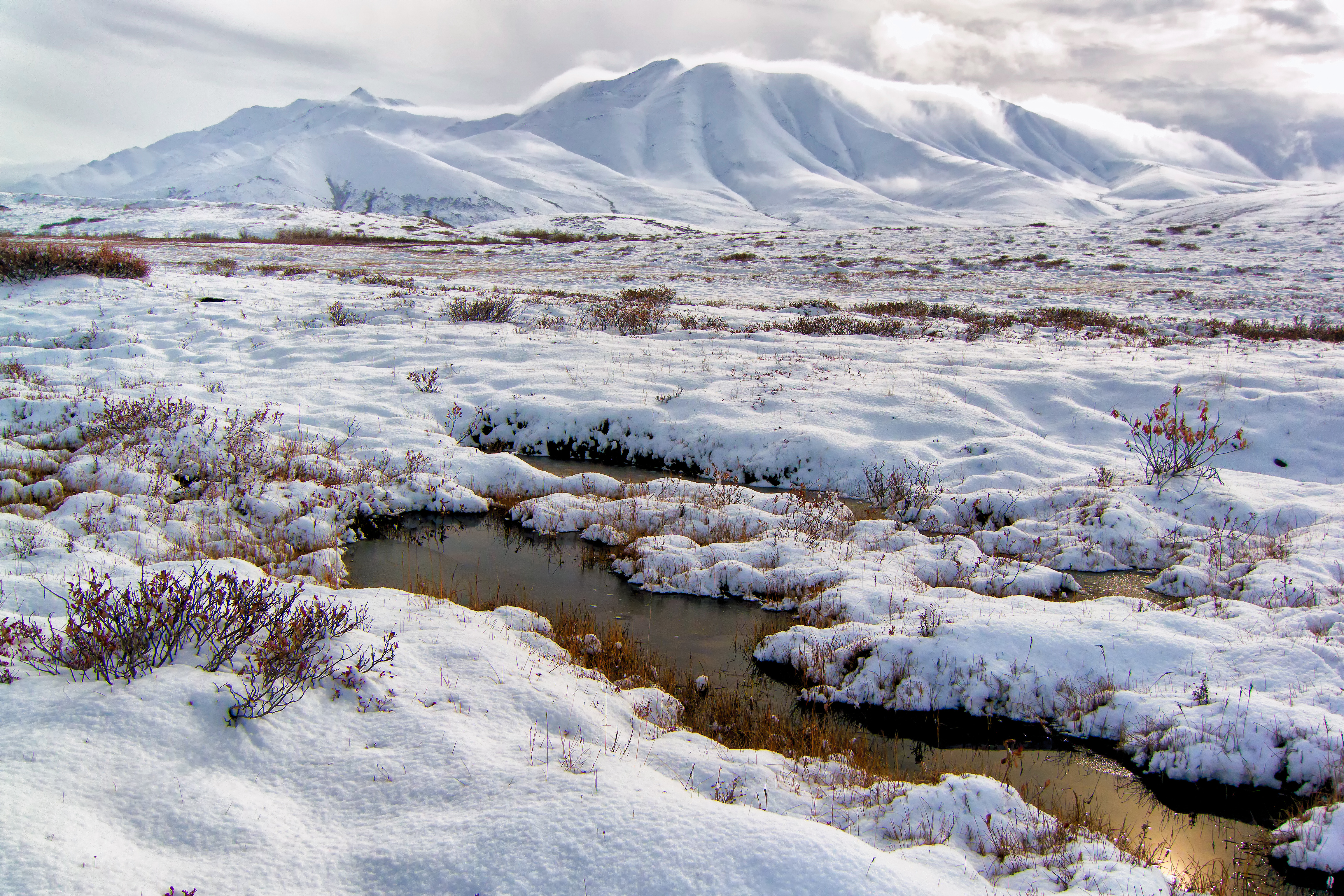
Conservation Efforts and Climate Change Impacts
The tundra ecosystem, with its unique climate and biodiversity, faces significant threats from climate change. The impacts of these changes have prompted various conservation efforts aimed at preserving this fragile environment. Understanding both the effects of climate change and the conservation strategies in place is crucial for the future sustainability of the tundra.
- Climate Change Impacts:
- Permafrost Thaw: Warming temperatures lead to the thawing of permafrost, affecting infrastructure and releasing greenhouse gases.
- Altered Species Distribution: Flora and fauna face shifts in habitat ranges, with some species struggling to adapt to the changing conditions.
- Increased Erosion: Thawing permafrost and reduced ice cover contribute to higher erosion rates, impacting landscapes and biodiversity.
- Changing Precipitation Patterns: Variations in snow and rainfall affect the availability of water, influencing plant and animal life cycles.
- Conservation Efforts:
- Protected Areas: Establishing national parks and nature reserves to protect significant tundra regions from development and exploitation.
- Climate Research: Conducting scientific studies to understand the impacts of climate change on the tundra and to develop strategies to mitigate these effects.
- Community Engagement: Involving local and indigenous communities in conservation efforts to leverage traditional knowledge and promote sustainable practices.
- Policy and Legislation: Implementing policies that reduce greenhouse gas emissions and regulate industrial activities to minimize environmental impacts.
- Restoration Projects: Initiating efforts to restore damaged tundra ecosystems through re-vegetation and other ecological restoration techniques.
Addressing the challenges posed by climate change to the tundra ecosystem requires a multifaceted approach, combining scientific research, policy-making, and community involvement. By taking proactive steps towards conservation, we can work to ensure the resilience and preservation of the tundra for future generations.
Human Activities and the Tundra
The tundra ecosystem, while seemingly remote and desolate, has not been untouched by human activities. These activities have varied impacts, some of which pose challenges to the delicate balance of this biome. However, there are also efforts to manage and mitigate these impacts positively.
- Resource Extraction: The tundra is rich in natural resources, including oil, gas, and minerals. Extraction of these resources involves infrastructure development, which can disrupt wildlife habitats and lead to pollution.
- Climate Change: Human-induced climate change is arguably the most significant impact, with global warming leading to the thawing of permafrost, altering habitats, and affecting the traditional lifestyles of indigenous peoples.
- Traditional Lifestyles: Indigenous peoples have inhabited the tundra for thousands of years, developing sustainable ways of living that include hunting, fishing, and reindeer herding. These practices are integral to the cultural heritage and biodiversity conservation of the tundra.
- Scientific Research: Scientific expeditions and research stations in the tundra help monitor climate change impacts, biodiversity, and permafrost dynamics. This research is crucial for developing strategies to mitigate negative impacts and promote conservation.
- Conservation Efforts: There are ongoing conservation efforts aimed at protecting the tundra from the adverse effects of industrial development and climate change. These include establishing protected areas, promoting sustainable resource management practices, and enforcing environmental regulations.
- Eco-tourism: In recent years, eco-tourism has emerged as a way to raise awareness about the importance of tundra ecosystems while providing economic benefits to local communities. It promotes a sustainable approach to experiencing these unique landscapes without causing harm.
Addressing the impacts of human activities on the tundra requires a balanced approach that considers both the ecological significance of the region and the needs of the people who live there. Through sustainable practices, conservation, and respectful engagement with indigenous knowledge, it is possible to protect the tundra for future generations.
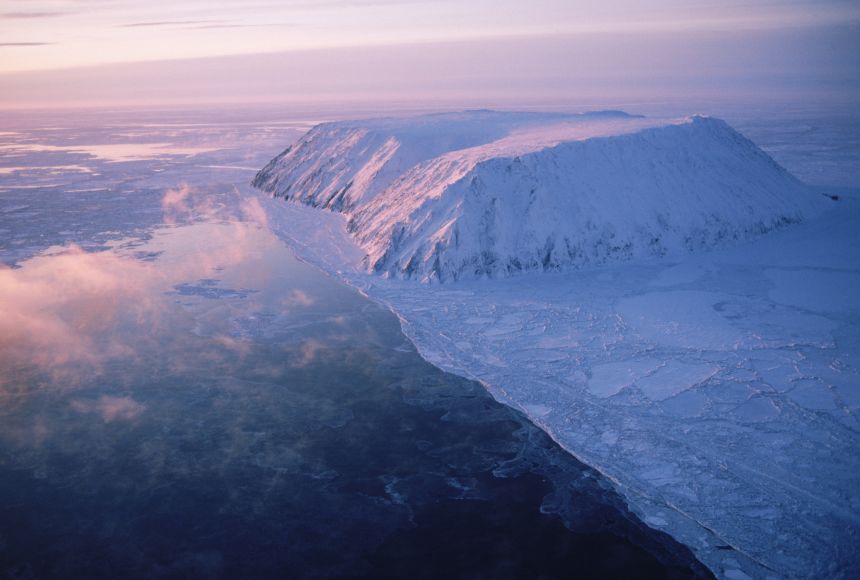
READ MORE:
Research and Studies on Tundra Ecosystems
Research and studies focused on tundra ecosystems are crucial for understanding the complex interactions within these environments and the impacts of external pressures such as climate change. Scientists from around the world engage in multidisciplinary research to explore various facets of the tundra, aiming to inform conservation efforts and predict future changes.
- Climate Change Impacts: A significant body of research is dedicated to understanding how warming temperatures affect permafrost, biodiversity, and the carbon cycle within tundra regions. These studies help predict future changes and guide global climate policy.
- Permafrost Dynamics: Studies on permafrost explore its role in the global climate system, including the potential release of stored greenhouse gases. Researchers use ground observations and satellite data to monitor permafrost thaw and its implications.
- Biodiversity and Ecosystem Health: Research on flora and fauna, including migration patterns, population dynamics, and the effects of invasive species, provides insights into the health and stability of tundra ecosystems.
- Traditional Ecological Knowledge: Collaborations with indigenous communities incorporate traditional knowledge with scientific research, offering unique perspectives on ecosystem changes and sustainable management practices.
- Conservation and Management Strategies: Studies often focus on developing and evaluating conservation strategies to protect the tundra from threats like resource extraction and climate change, ensuring the resilience of these ecosystems.
- Long-term Ecological Monitoring: Long-term monitoring programs track changes over time, providing valuable data on seasonal variations, long-term trends, and the effects of human activities on the tundra.
Through these research efforts, scientists aim to deepen our understanding of tundra ecosystems, providing the knowledge needed to address the challenges they face. Collaboration between researchers, local communities, and policymakers is essential to the effective conservation and management of these unique landscapes.
Discover the tundra ecosystem"s unique beauty and critical importance. Our in-depth exploration unveils the challenges and conservation efforts vital for preserving this fragile habitat for future generations. Dive into the world of tundra to learn, appreciate, and protect.
:max_bytes(150000):strip_icc()/GettyImages-901482062-6470b1099c6a47a881f9a22d7bca0d0a.jpg)
